Can Dogs Have Soda? Read Before You Give Your Dog Pop
After getting your chilled soda drink on a warm day, your furry friend will be waiting for their share. And since you want to give your pet the best treats, you may wonder if dogs can even have soda.
The answer is a clear no. While a little drop may not hurt, giving them significant quantities can cause much harm over time.
So, always stick to water to hydrate your furry friend.
Why Is Soda Bad For Dogs?
Soda isn’t good for dogs. But you need to know why. So here are some reasons your furry friend is better off without a soda pop.
1. High Sugar Quantity
A 12-ounce can of soda easily contains 10 teaspoons of sugar. This amount is enough to make your dog sick.
Dogs don’t need refined sugar; it could lead to gastrointestinal issues, which include vomiting, diarrhea, and flatulence.
Like humans, too much sugar can lead to obesity and sometimes diabetes for dogs too. When your dog takes a high amount of sugar that is not dietary fiber, it will affect them significantly.
2. Caffeine Content
Even though a bit of morning caffeine can help you get through your day, it’s very harmful to your furry friend. In fact, caffeine can be deadly to dogs.
The level of caffeine toxicity in dogs depends on your dog’s weight. The maximum average dose of caffeine is 140 mg for every kilogram your dog weighs.
Caffeine toxicity symptoms include restlessness, high body temperature, lack of focus, excess urination, tremors, panting, and seizures. It’s important to contact your vet for proper treatment if your dog shows any of these symptoms.
3. Xylitol
Xylitol is a sugar substitute found in sugar-free or diet products. It’s usually extracted from corn fiber or birch trees. Due to its low glycemic index and dental plaque-fighting properties, it’s pretty popular. If you don’t know how dangerous this substance can be to your pets, here’s an opportunity to learn.
Xylitol has the same sweetness as regular sugar (sucrose) but is toxic to dogs. It isn’t only found in beverages and drinks but also chewing gum, mouthwash, toothpaste, and cough syrup.
Dogs can get liver failure from taking xylitol. So, you should not share products with xylitol or any sweetened human food with your dog. However, if you suspect that your dog ate something with xylitol, regardless of how little the substance was, contact your vet. The symptoms can take as much as 8 hours to show up.
Symptoms Indicating Your Dog Has Ingested Soda
You may notice one or more of the following symptoms if your dog has had an unsafe amount of soda:
Black hair on edge
Head bobbing
Collapse
Blood sugar crash
Body freezing
Tremors
Twitching whiskers
Hypertension
Diarrhea
Elevated body temperatures
Extreme dehydration
Lack of focus
Drooling
Gastrointestinal upset
Lack of appetite
Racing pulse
What Should You Do If Your Dog Drinks Soda?
A small sip of soda wouldn’t harm your dog, so don’t worry. However, in situations where your dog has taken a significant amount of soda, what should you do?
First, contact your vet, especially if the soda drink contains caffeine or xylitol and your dog exhibits any of the symptoms listed above. Depending on how quickly you get your dog to a veterinary facility, your vet may decide to induce vomiting to reduce the absorption of more caffeine from the digestive tract.
Caffeine takes about 48 hours to be fully removed from the body, so discovering the symptoms early and getting timely treatment can ensure your dog’s survival.
Don’t induce vomiting without the guidance of a vet. When done incorrectly, a dog could die from aspiration pneumonia. So, always wait for veterinary advice before treating your dog.
How To Prevent Your Dog From Drinking Soda
It’s better to prevent your dog from taking soda than to spend money at the vet’s dealing with the consequences. Here are some practical tips that can help:
1. Train Your Dog Not to Beg
It’s easier to avoid giving your dog soda if it’s not asking you for it in the first place.
So, train your dog not to beg or steal. This will save you from worrying about your dog getting a soda from family members, friends, or strangers.
You can also train your dog to avoid certain areas where you know your soda will be, such as the kitchen.
2. Crate-Train Your Dog
Training your dog to stay in its crate will give you peace of mind whenever you’re not around. You’ll know that your dog won’t get close to harmful substances. Crate training also shows your dog that there are limits to where it can go within the home.
3. Feed Adequately
Feeding your dog correctly will prevent it from taking or eating anything it sees. Following a dog diet prescribed by your vet can go a long way to training your dog not to take your food or drinks.
4. Keep Harmful Substances Away
Keep mouthwash, toothpaste, skincare products, and other similar substances in a safe place to avoid your furry friend eating them.
Also, keep antifreeze properly sealed and out of your dog’s reach. The smell entices dogs and makes them want to taste it. So, don’t let them roam without supervision in areas where you store these items.
Other liquids harmful to your dog if not adequately checked include coconut milk, tea, vegetable, and fruit juices, sports drink, alcohol, and coffee. Also, keep cleaning products safely away from your dog. Exposing your dog to them can lead to serious harm.

